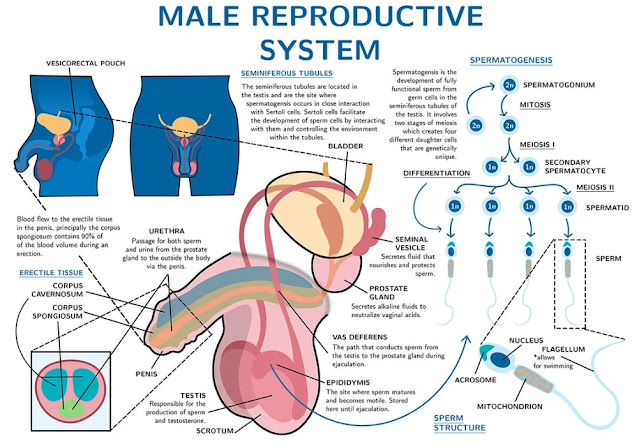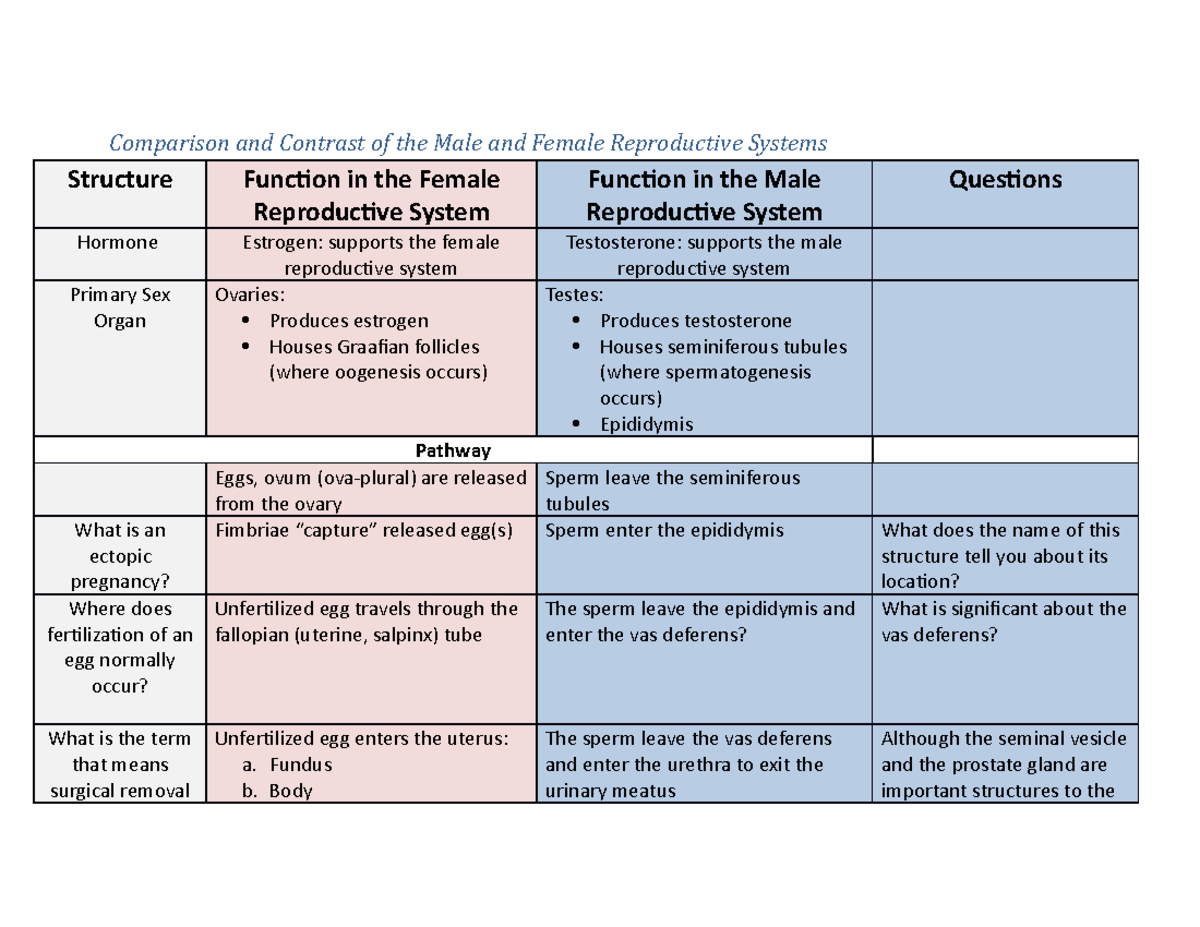The Human Reproductive System: Male & Female Edition – It’s Not Just About Babies, Folks!
Hey there, grade 12 students! Buckle up because we’re diving deep into the fascinating (and sometimes hilarious) world of the human reproductive system. Don’t worry, we’re going to break it down in a way that makes sense, sticks in your brain, and might even have you laughing along the way. This blog is here to make sure you don’t just memorize boring facts – we want you to get it.
So, let’s break it down, starting with the male and the female reproductive systems. And because we’re following the CAPS curriculum (South Africa represent!), we’ll be covering the essential bits you need to know for Grade 12. Let’s go!
First Up: The Male Reproductive System – It's Not Just About the ‘Boys’
Gentlemen, it’s your time to shine. When it comes to the male reproductive system, things are a bit straightforward (pun intended). The main job? Produce sperm and deliver it to the female system. Simple, right? But there are some essential organs involved, and we’ll walk through them like we’re taking a stroll through the park.
The Star Players in the Male Reproductive System:
- Testes: These little guys are the stars of the show. They’re like the factories of the reproductive system. Located in the scrotum (think of them as the "warehouse"), the testes produce sperm and testosterone – the hormone that makes guys, well, guys.
- Epididymis: Think of this as the “waiting room” where sperm hang out until they’re ready for action. This is where they get their swim lessons, so they’re prepared for the journey.
- Vas Deferens: The sperm’s personal highway. These tubes carry the sperm from the epididymis to the urethra for their big moment.
- Urethra: This is the VIP lane where sperm travel, but there’s a catch – this lane also serves as the exit route for urine. Talk about multitasking!
- Seminal Vesicles & Prostate Gland: These organs are the secret sauce of sperm. They secrete fluids that nourish and protect the sperm, giving them that extra "oomph" to make the long journey to the egg.
Fun Fact: Did you know that each ejaculation contains around 200 to 500 million sperm? That's a lot of little swimmers, and only one gets to claim victory!
Now, Let’s Talk About the Female Reproductive System – A Complex Masterpiece
Ladies, get ready because your reproductive system is multifunctional and slightly more complicated. It’s like a sophisticated, multi-level escape room that’s designed for the creation of life. But don’t worry, we’ll make it easy to understand.
The Leading Ladies of the Female Reproductive System:
- Ovaries: These are your ovarian factories. They produce eggs (ova) and release hormones like estrogen and progesterone. Every month, one egg is chosen to “go on a journey” (aka ovulation).
- Fallopian Tubes: Think of these as the express lanes where the egg travels to meet the sperm. If the sperm has done its job right, they’ll meet here, and fertilization happens. But if no sperm shows up, the egg just… you know… moves on. Sad, but true.
- Uterus (Womb): The uterus is the hostel where the fertilized egg would stay if things go well. This is where the egg implants and starts developing into a baby (provided all conditions are right). The lining of the uterus thickens every month in preparation – it’s like getting the place ready for a party that may or may not happen.
- Cervix: This is the gatekeeper between the uterus and the vagina. It’s responsible for allowing sperm into the uterus while also keeping harmful bacteria out. It’s a tough job, but someone has to do it.
- Vagina: The main event location. It serves as the entrance and exit for all reproductive activities, from sperm entry to childbirth. Also, a lot of your reproductive fluids make their way through here. It's like the central hub for everything happening down there.
How Does Reproduction Actually Work? Let’s Break It Down Like a Dance
Now that we know all the players, let’s understand how everything works in sync. It's like a well-choreographed dance between the male and female systems. Here's how it goes down:
- Step 1: The Egg Drops – Ovulation
- Each month, one of the ovaries releases an egg, and it travels through the fallopian tube. If the egg doesn’t meet a sperm, it dies. Sorry, egg.
- Step 2: Sperm Gets the Invitation – Ejaculation
- During ejaculation, sperm make their way into the female system. They're not just wandering around, though. They head straight for the egg. Think of them as determined little racers on a mission.
- Step 3: Meeting of the Minds – Fertilization
- If the sperm meets the egg, fertilization happens. This is when the sperm combines with the egg’s genetic material, and a brand-new organism starts to form. You’ve got yourself a fertilized egg! It’s time for it to start developing.
- Step 4: Implantation
- The fertilized egg, now called a zygote, makes its way to the uterus and embeds itself in the thickened uterine lining. It’s like setting up home in a cozy little apartment. If the egg doesn’t implant, the uterus sheds its lining (a.k.a. menstruation).
A Quick Recap – So, What Did We Learn?
- The male reproductive system produces sperm, which are delivered to the female system. It’s like a delivery service for potential new life.
- The female reproductive system produces eggs and is the nurturing environment where fertilization and growth of a baby can occur (if all goes well).
- Both systems are like complex machines that work together in a symbiotic relationship to make human reproduction possible.
- Hormones (testosterone in men, estrogen and progesterone in women) play a HUGE role in regulating these processes – without hormones, things would be out of sync.
Fun Fact Corner: Weird But True!
- Sperm have a 3-day survival span in the female reproductive system – that's like a mini-vacation for the sperm, but they must be quick because the egg is only viable for about 12-24 hours.
- Women are born with all the eggs they’ll ever have (about 1 to 2 million), but by puberty, that number drops to around 300,000-400,000.
- Incredible fact: The largest human cell is the egg, and the smallest is the sperm. It’s like the egg is the queen and the sperm is the tiny knight fighting for glory.
Final Words – Knowledge is Power (and Maybe Some Laughs)
And there you have it! The male and female reproductive systems in all their glory, explained in a way that (hopefully) didn’t make you want to fall asleep. Remember, this is biology, and while it can get a little complicated, the key is to break it down and make it fun. With this information, you’ll be well on your way to acing that exam and maybe even impressing your friends with your knowledge of sperm, eggs, and the incredible journey they go through together.
Good luck, and remember, you’ve got this – just don’t ask your teachers to explain how they made you.
Until next time!










0 Comments